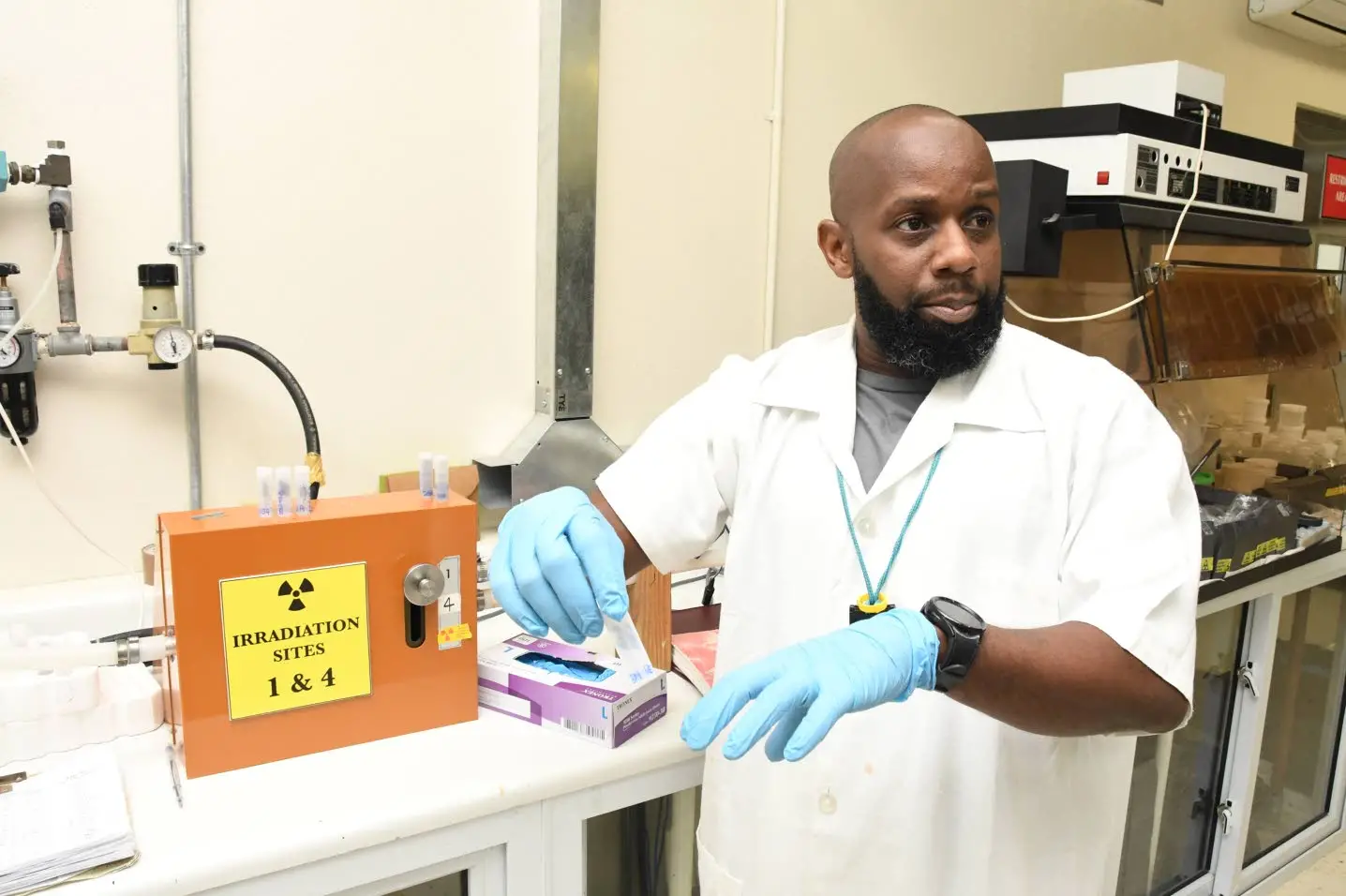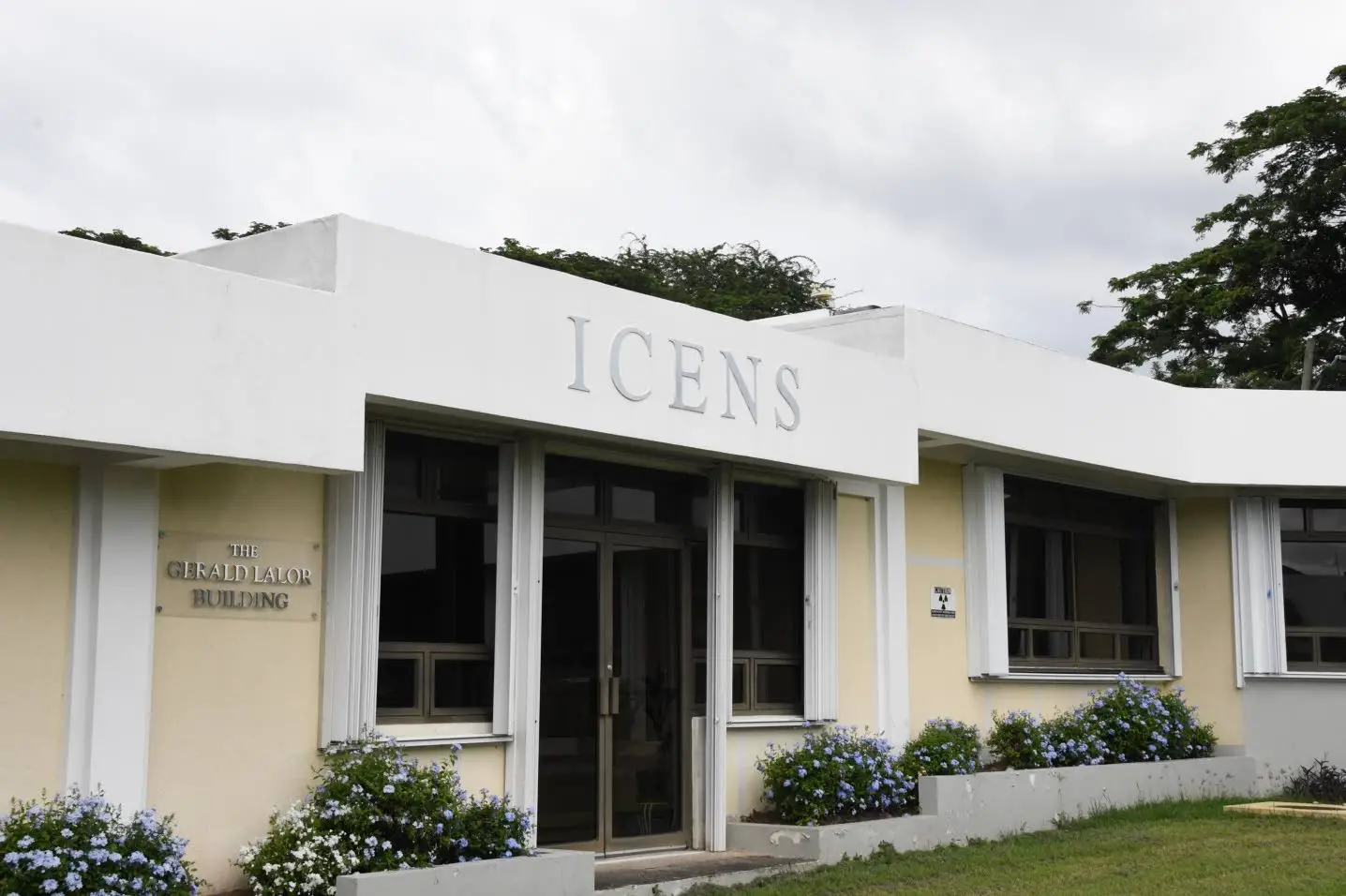
Beyond energy
Jamaica’s nuclear technology vision for economic transformation
IN a bold move that extends far beyond energy production, Jamaica is positioning itself to leverage nuclear technology as a catalyst for broader economic transformation.
Following the October 2024 memorandum of understanding with Canadian nuclear authorities, the island nation is crafting a comprehensive plan that builds upon its existing nuclear capabilities while exploring new industrial applications that could fundamentally reshape its economy.
Jamaica’s Existing Nuclear Foundation
The 20-kilowatt SLOWPOKE-2 research reactor at the International Centre for Environmental and Nuclear Sciences (ICENS) at The University of the West Indies, Mona campus, installed in 1984, has a modest power output, but produces an abundance of neutrons ideal for research applications.
“So this reactor was installed in 1984. It was part of a larger vision that Professor Gerald Lalor had from a scientific visit he did in 1974,” explained Professor Charles Grant, director of ICENS, as he listed the capabilities of the facility. He said it uses neutron activation analysis, a powerful analytical technique that examines materials at the atomic level.
ICENS currently performs multiple functions beyond just nuclear research. The centre monitors radiation levels for six Caribbean countries, primarily tracking exposure among medical workers. The facility also conducts geochemical mapping, agricultural research, and environmental studies.
“The technique that we use is called neutron activation analysis. It’s a very powerful analytical technique that actually works at the nuclear level, at the atomic level, so you’re peering into the very heart of the material,” Professor Grant elaborated.
Expansion Plans and Resource Needs
ICENS leaders have ambitious plans to expand the operations and upgrade aging infrastructure.
“We’ve got the plans all drawn up and everything,” Grant noted regarding the expansion. He said the working cost at this time for the expansion is US$1 million and will almost double the work area.
The centre faces significant staffing challenges, with current personnel stretched thin across multiple projects. ICENS estimates it needs to increase staffing to between 45-50 people to fulfil its regional obligations and expand services.
“We’re running on thin. I’m involved in too many projects,” Grant said, pointing out as well that Haile Dennis, the reactor engineer who sat in the interview as well, are involved “in too many projects”.
“Each of us is running four and five projects each,” Grant continued.
Much of ICENS’ equipment and infrastructure is between 15 and 30 years old and requires upgrading. Following the reactor’s core conversion from highly enriched uranium to low-enriched uranium in 2015, ICENS is positioned to continue operations for the next 30-40 years at an expanded level, including serving regional partners.
Industrial Applications Beyond Energy
Jamaica’s nuclear vision extends well beyond power generation, encompassing multiple industrial applications that could transform various sectors of the economy.
Food Preservation and Export
The Government is actively employing nuclear technology to enhance shelf life of agricultural produce. Dr Natwaine Gardner, principal director of science in the Ministry of Science, Energy, Telecommunications & Transport, recently disclosed that the country is looking into irradiating crops like ginger, coffee, and pimento.
“Due to spoilage and introduction to moisture in the environment, they tend to go bad very quickly, especially when you have viruses that affect the plants, and this affects the shelf life of the products,” Dr Gardner explained earlier this year at a STEM symposium at the Bethlehem Moravian College in Malvern, St Elizabeth.
This technology could revolutionise Jamaica’s agricultural exports by meeting international phytosanitary requirements without chemicals.
Grant explained: “It has to be radiated, and that’s to kill any germs, pests etc, because fruit flies are a hell of a problem.”
Plant Mutagenesis for Climate Resilience
ICENS houses a gamma irradiator for plant mutagenesis, which could help develop climate-resistant crops crucial for Jamaica’s agricultural future.
“So we’re talking maybe crops that are climate resistant. So as we all know climate change is happening. Droughts may be more common. The levels of salinity in the water around. So you need crops that can withstand those conditions,” Grant stated.
Unlike genetically modified organisms, this process accelerates natural mutation.
“We let the plant do its own thing. All we do is speed up the clock,” Grant explained.
Nuclear Medicine Expansion
Haile Dennis, the reactor engineer and assistant research scientist at ICENS outlined that while Jamaica already has established nuclear medicine capabilities, the new partnership with Canada could significantly expand this sector.
“Nuclear medicine has been well established in Jamaica for some time now. We’ve recently revamped the whole nuclear medicine department at the UWI here,” Dennis said.
The Canadian partnership could enhance Jamaica’s capabilities in medical isotope applications, as Canada is a major manufacturer of medical isotopes.
Industrial Testing and Quality Control
Nuclear technology is already being used in Jamaican industries for quality control and testing, though many citizens are unaware of its prevalence.
“Do you know how the bottles are filled with some of your favourite beverages? There’s normally a little radioisotope there,” Professor Grant explained.
The technology is also used in density gauges for road construction, smoke detectors, and non-destructive testing of infrastructure, particularly important after events like earthquakes to detect structural damage not visible to the naked eye.
“Okay, so essentially what we look at is what the rocks are made up of in the country, how this impacts on the elemental content of the soil, and how what’s in the soil relates to what is grown in the soil, and eventually what we ingest.”
Economic Transformation Potential
Jamaica’s nuclear ambitions represent more than just an energy solution — they embody a vision for economic diversification and development. As Prime Minister Holness stated, “Indeed, it’s not just about the diversification of energy, but the diversification of our economy. And that is how we get to growth. We get to growth when we bring in new pillars of the economy”.
The integration of nuclear technologies across multiple sectors — from agriculture to medicine, from industrial applications to environmental monitoring – could create new industries, generate jobs, and position Jamaica as a regional leader in nuclear science and applications. With proper development and investment, this initiative could transform Jamaica’s economic landscape well beyond the energy sector.
“The future is here now. Because all of the things that you mentioned are things that are being done now. They just need to be done at a larger scale and an industrial scale,” Grant said.

























